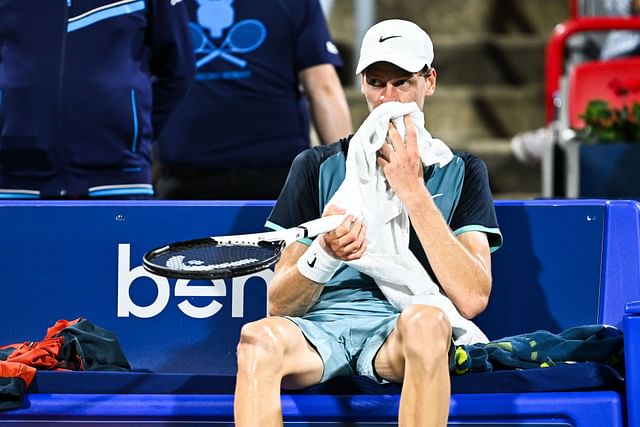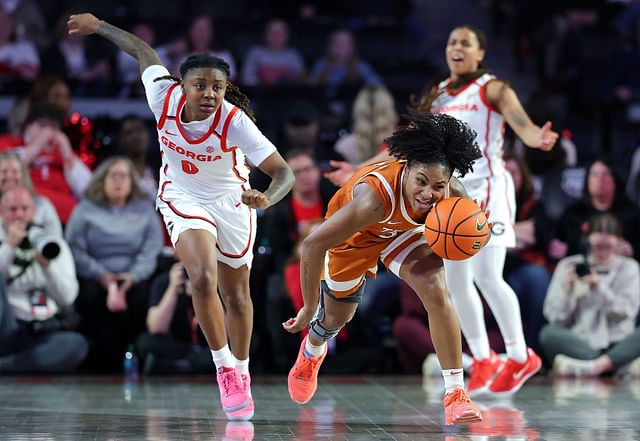The world of professional tennis has always been a high-stakes arena, where athletic prowess meets immense public scrutiny. In the face of growing media attention, one of the most recent stories to rock the sport involves Italian tennis star Jannik Sinner, who found himself in the midst of a doping ban controversy. Sinner, widely regarded as one of the brightest talents in tennis today, was thrust into the spotlight under less than ideal circumstances. A series of complex negotiations and decisions surrounding his alleged doping violation and the response from the World Anti-Doping Agency (WADA) have been the subject of much discussion in the tennis community.
The journey that led to Sinner’s involvement in this saga is one that highlights the delicate nature of anti-doping protocols and the challenges athletes face when their reputations are on the line. What makes this case particularly interesting is the fact that Sinner initially rejected the first approach from WADA to settle the matter before eventually accepting a settlement. This post takes a closer look at the events surrounding the Italian star’s doping ban saga, his decision-making process, and the broader implications for both Sinner’s career and the tennis world.
### The Initial Allegations: The Doping Violation
Jannik Sinner’s rise in the tennis world has been nothing short of meteoric. After breaking onto the scene in 2019 with a series of strong performances, including winning his first ATP title in 2020, Sinner quickly became one of the sport’s brightest stars. His speed, technical skill, and maturity on the court far exceeded his age. Fans and analysts alike were already talking about his potential to dominate the sport for years to come.
However, his trajectory took an unexpected turn when news broke that he had been involved in a doping investigation. While the specifics of the alleged violation initially remained unclear, it was reported that Sinner had failed a drug test for a banned substance, bringing his reputation into question.
The anti-doping violations in tennis, as in all professional sports, are taken seriously by the governing bodies. WADA, in collaboration with the ATP and other tennis organizations, conducts rigorous testing to ensure the integrity of the sport and protect athletes from unfair advantages. Sinner’s case was particularly concerning because it involved a player with such high-profile potential, making it not only a personal issue but also one that could have far-reaching consequences for tennis as a whole.
### The First Approach from WADA: Rejection of Settlement
Once the doping test results came back positive, WADA reached out to Sinner and his legal team to discuss the possibility of a settlement. Typically, when an athlete fails a doping test, the governing body offers a chance to settle the matter before it escalates to a more formal, lengthy process. A settlement in such cases often involves a reduced ban or punishment, with the athlete agreeing to accept responsibility for the violation in exchange for a more lenient penalty.
However, Sinner and his team were not quick to accept WADA’s first offer. According to reports, they believed there were inconsistencies or possible mitigating circumstances that warranted a more thorough review. Sinner’s camp had confidence that they could successfully challenge the test results and were not ready to settle without fully exploring all the facts.
One of the central reasons for rejecting the first approach was the desire to clear his name. For an athlete of Sinner’s caliber, any admission of guilt—particularly in a matter as serious as doping—would have significant consequences. Apart from the immediate suspension, there could be long-term damage to his career and sponsorship deals, and his reputation in the tennis world could be irreparably harmed. This made it clear that Sinner and his team were looking for a resolution that would maintain both his integrity and future prospects.
Furthermore, rejecting the settlement offer meant that Sinner could have the opportunity to challenge WADA’s findings in a formal setting, such as a tribunal. If successful, this would allow him to avoid any sanction altogether, or at the very least, reduce the severity of any punishment.
### Why Did Sinner Reject the First Offer?
Sinner’s rejection of the settlement offer was not an impulsive decision. Instead, it was likely based on a combination of strategic and personal factors.
1. **Preserving His Reputation**: In a world where an athlete’s reputation is everything, particularly for a rising star like Sinner, it’s understandable why he would want to defend himself in the most thorough way possible. Accepting a settlement could have meant a swift admission of guilt, which could have harmed his future career in tennis. Given the gravity of the situation, it was in his best interest to explore every option available to clear his name.
2. **The Lack of Concrete Evidence**: Sinner’s camp may have felt that the evidence against him was not strong enough to warrant a confession or settlement. While the results from the drug test indicated a potential violation, athletes have been known to challenge test results, citing factors such as testing errors, contaminated substances, or even contamination from food or supplements. If Sinner and his team believed there was any possibility that the test results were inaccurate or unjust, rejecting the first offer was a logical step.
3. **Pressure from Sponsors and Fans**: With a promising career ahead of him, Sinner’s commercial deals and fan following were at stake. If the public and sponsors believed that he had been involved in doping, it could significantly damage his financial future and public image. Sinner may have felt that a rejection of the settlement would allow him more time to build his case, thus protecting his long-term career.
### The Final Settlement: Acceptance
Despite initially rejecting the settlement offer from WADA, Sinner and his team eventually decided to accept a revised settlement. This came after more deliberation, during which they likely weighed the potential risks of a prolonged battle against the advantages of settling the matter.
The settlement likely involved a period of suspension for Sinner, but the length of the ban was more lenient compared to what it could have been had the case gone through the formal hearing process. While the details of the settlement have remained confidential, reports suggest that Sinner’s willingness to accept the offer stemmed from the desire to move past the issue quickly and focus on his tennis career.
This final decision to settle may have also been influenced by the recognition that, in the world of professional sports, lengthy legal battles can be draining both emotionally and financially. Sinner may have chosen to prioritize his future on the court rather than prolonging a legal conflict that could have distracted him from his true passion: playing tennis.
### The Aftermath: Moving Forward
Now that the matter has been settled, Sinner can turn his attention back to his tennis career, although the shadow of the doping controversy may linger. The Italian star will have to work hard to rebuild any damaged relationships with sponsors and fans, though his talent on the court will certainly be his strongest asset in this regard.
This situation also highlights a broader issue in professional sports: the pressure on athletes to perform at the highest levels while navigating the complex rules and regulations that govern their careers. The toll of maintaining peak physical performance, along with the challenges of staying on top of the ever-evolving landscape of anti-doping rules, can be overwhelming. For young players like Sinner, learning how to manage this pressure while staying clean and transparent is part of the learning curve.
In the end, Sinner’s decision to accept the settlement reflects the difficult choices athletes face when their careers are put in jeopardy. Though the doping saga was a challenging chapter, Sinner’s resilience and focus on the future will be crucial as he moves forward. His story serves as a reminder that the road to greatness is rarely smooth, but it’s how an athlete handles the bumps along the way that often defines their legacy.






Leave a Reply